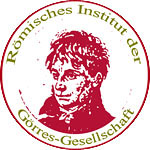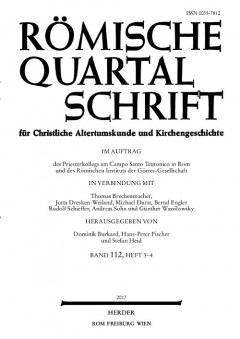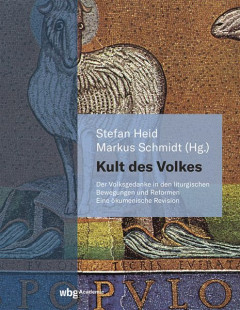The Campo Santo Teutonico library has once again received a rarity through a donation, namely a richly illustrated volume published in 1940 on the new model state that was created under Pope Pius XI in the ten years following the Lateran Treaties (1929).
- Details
- Written by: Stefan Heid
- Category: Recommended reading
 Römisches Institut der Görres-Gesellschaft
Römisches Institut der Görres-Gesellschaft















